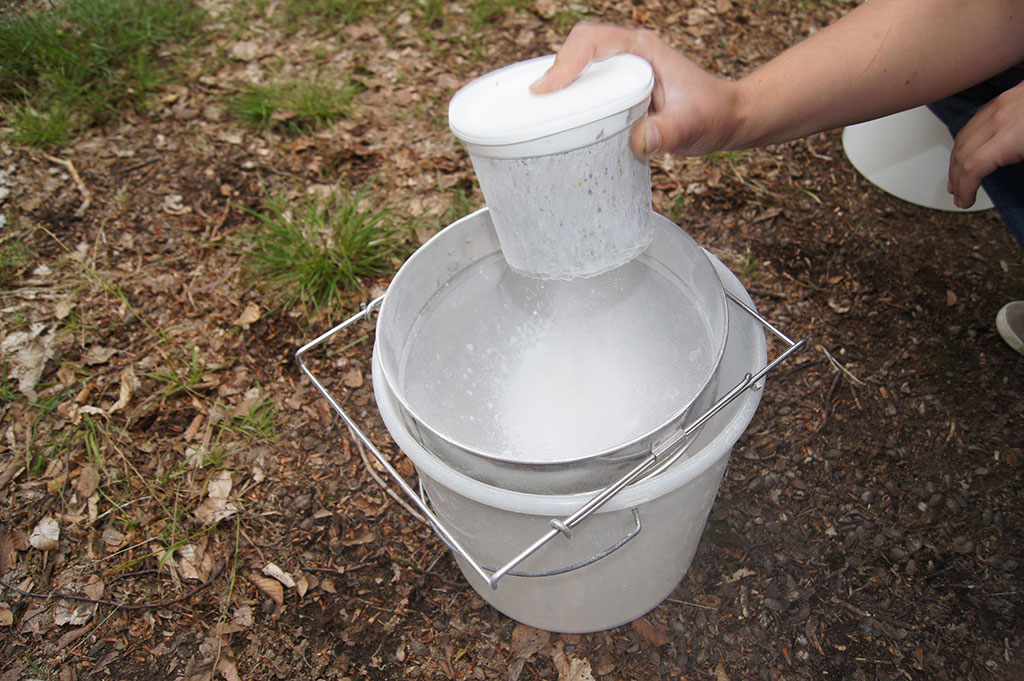Colony management should be based on traditional and locally used methods which allows development of each colony according to its needs. Still, the number of operations should be reduced and keep as much as possible to the essential ones, such as: adding wax foundations and supers, honey harvesting, ensuring adequate hive microclimate, autumn feeding etc. The colony management can significantly influence test results which imposes standardization of the used methods for all colonies within and between each test station. Recording of the used methods and operations is obligatory.
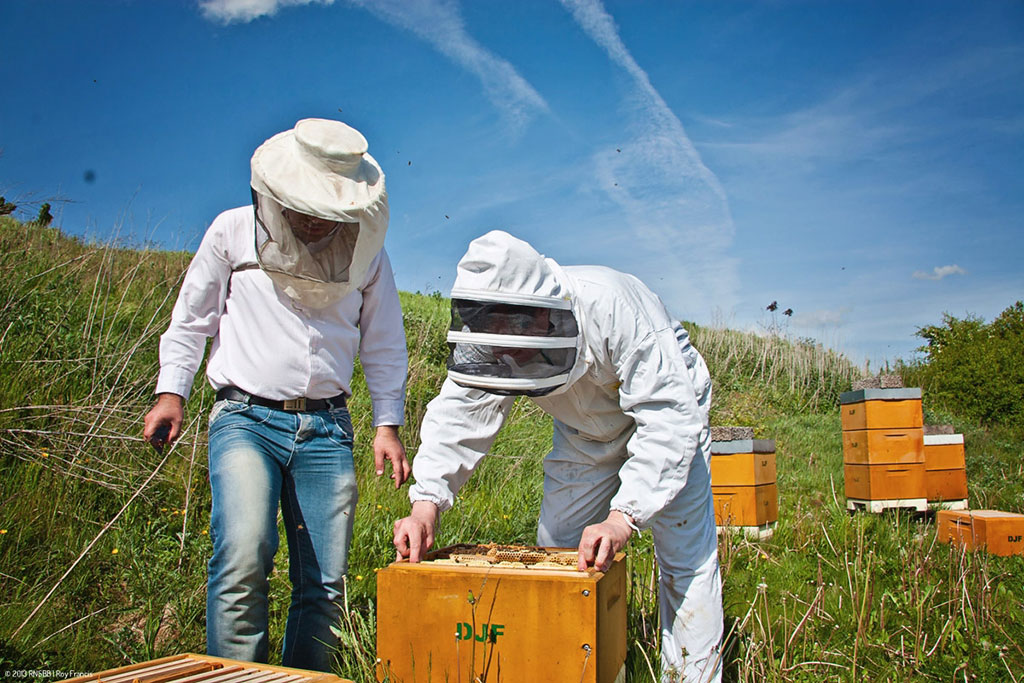
The recommended method for establishment of test colonies is the use of package bees (1.2 – 2.0 kg) also known as an artificial swarm (SB1M pdf). By this method the risk of contamination with different diseases is reduced. Alternatively, the test colonies can be set-up by re-queening the colony or as a nucleus with brood (SB2M pdf) (2 - 3 frames). Anyhow, at the time of establishment (spring/early summer) all test colonies should be simultaneously treated against Varroa destructor for ensuring unified and unbiased initial infestation.
The colony annual development is significantly influenced by climatic region, food availability and genetic background. However, it is highly recommended that the number of api-technical operations and colony manipulations should be considerably reduced. Therefore, methods used for early spring development, swarming prevention, enhanced honey production, overwintering and disease control should be adapted to the local conditions and traditional manners. This approach will ensure objective assessment and identification of colonies with the preferred performance.
Sufficient space for colony development, appropriate ventilation etc. will ensure adequate conditions for prevention of swarming and will reduce the chances for subsequent excluding the colony from the testing.
If swarming tendency is evident (presence of numerous queen cells in the colony) the use of the traditional and locally adapted prevention methods should be applied for reduction of the negative consequence of losing queen and bees. Part of the colony or the queen can be temporary separated but finally no bees and brood should be taken away in order to maintain the individual colony.
The application of prevention and control methods for swarming should be in accordance with the program management.
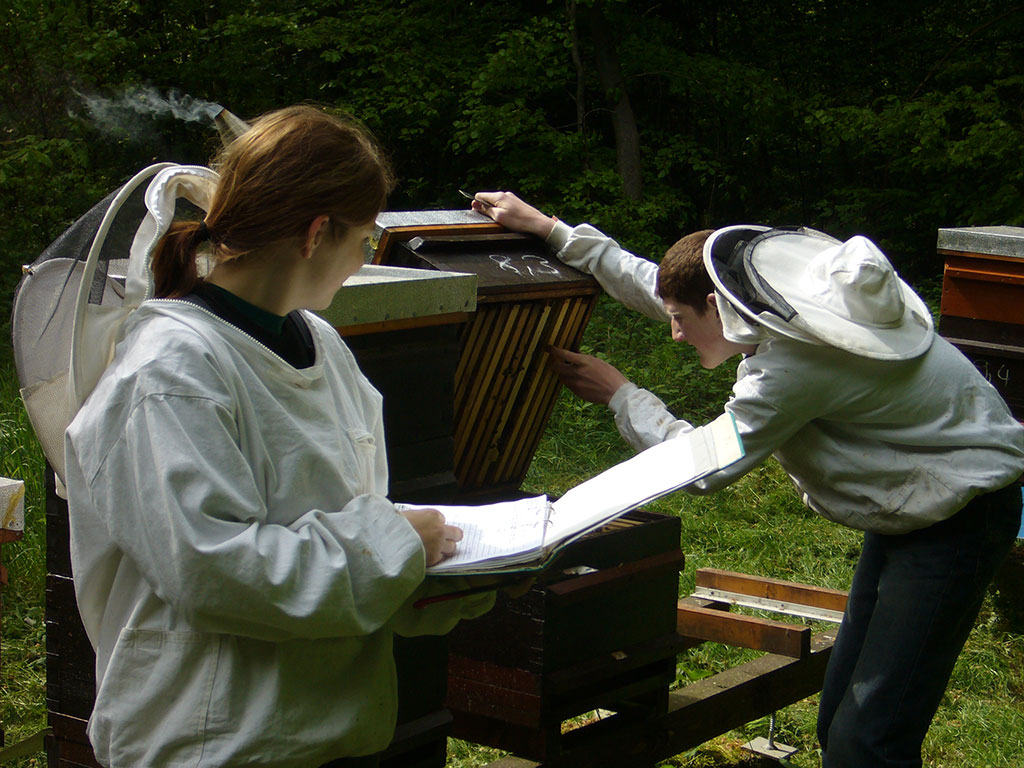
Application of the common principles of biosafety and Good Beekeeping Practices is a general recommendation for the control of honey bee diseases. Here are some of the actions which should be taken into consideration for reduction of the likelihoods of disease appearance in the test colonies:
- restriction of exchange of material between test colonies and stations
- avoid locations with high colony density
- use of disinfected equipment and tool
- prevention of robbery and drifting of the bees between the colonies
- ensure minimum food quantity (5 - 8 kg) in the colonies during the active season
- regular inspection and early recognition of colonies with atypical health condition
- removal of infected/highly infested colonies from the test stations
Application of methods and treatments for any disease control should be in accordance with the program management.
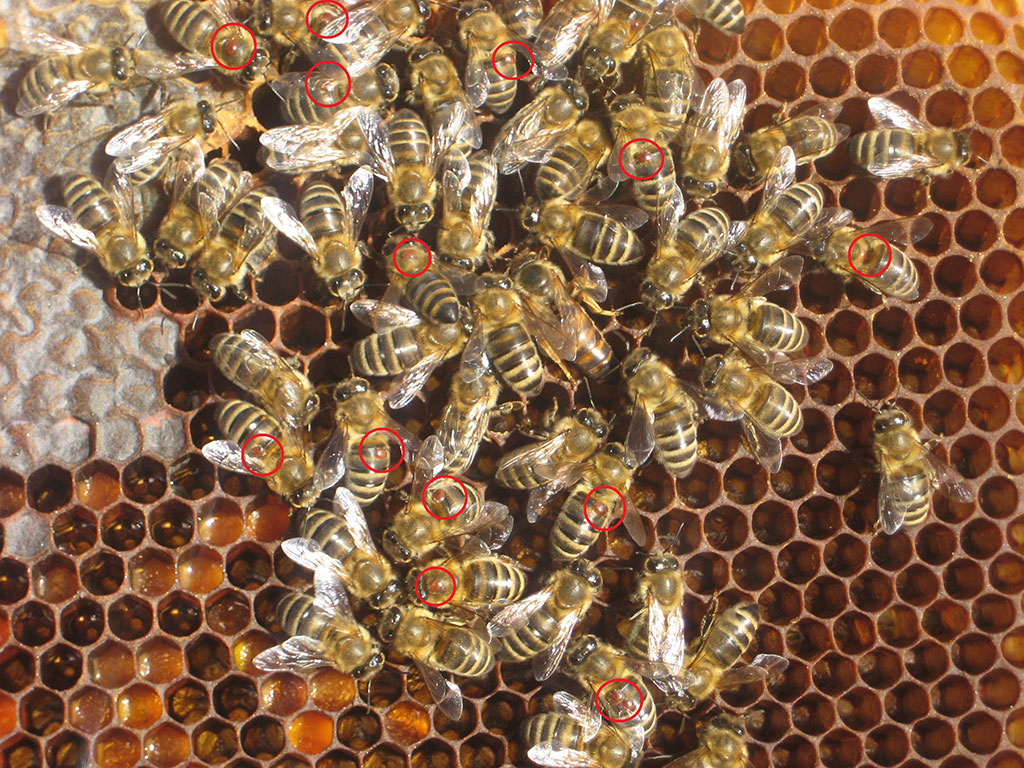
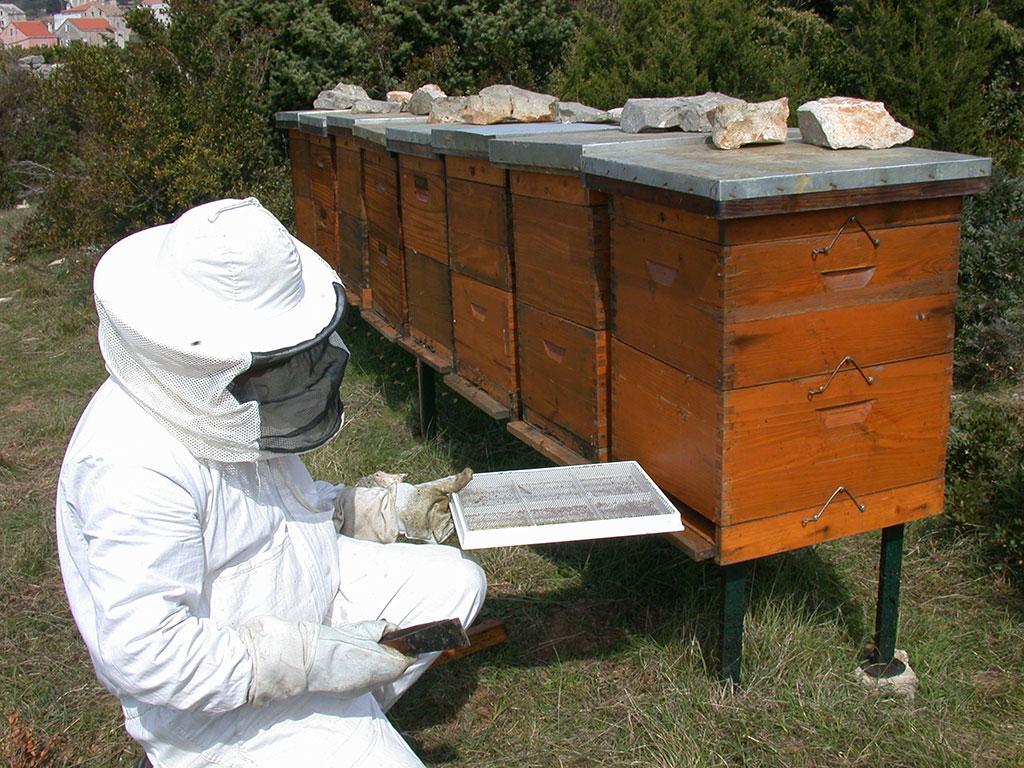
Identification of honey bee populations resistant to V. destructor is of particular interest for the SMARTBEES project. Thus, a specific approach should be used for monitoring and control of the mite in at least one full annual cycle. During the summer period the test colonies should be checked for the infestation of bees on a monthly basis in order to identify resistant colonies whose infestation levels remain below certain thresholds. Consequently, the identified test colonies will be wintered without therapeutic treatment against Varroa. The successfully overwintered colonies, which reach the next season in healthy condition, will preferentially be selected for the further breeding process.
The Varroa infestation within the test station will be controlled by continuous monitoring of the colonies’ infestation level and removal and treatment of the highly infested ones. This approach will reduce the risks for mite transmission between colonies (“domino effect”) and will favour objective identification of the resistant colonies.
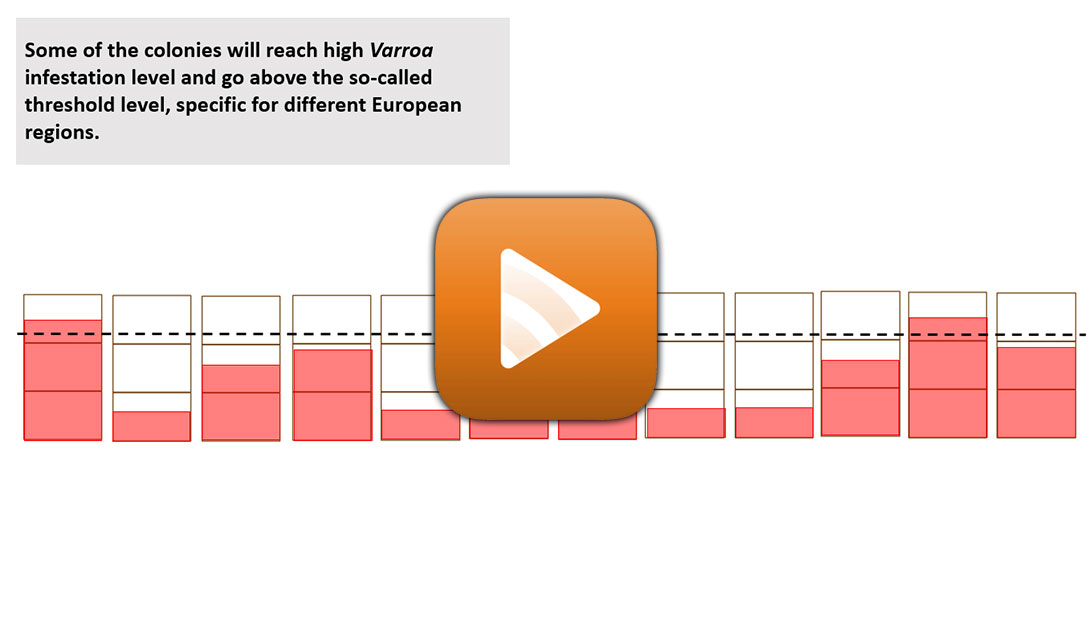
The recommended method for monitoring of Varroa infestation in the colony is the “powdered sugar method”, which can be easily applied in the field.
